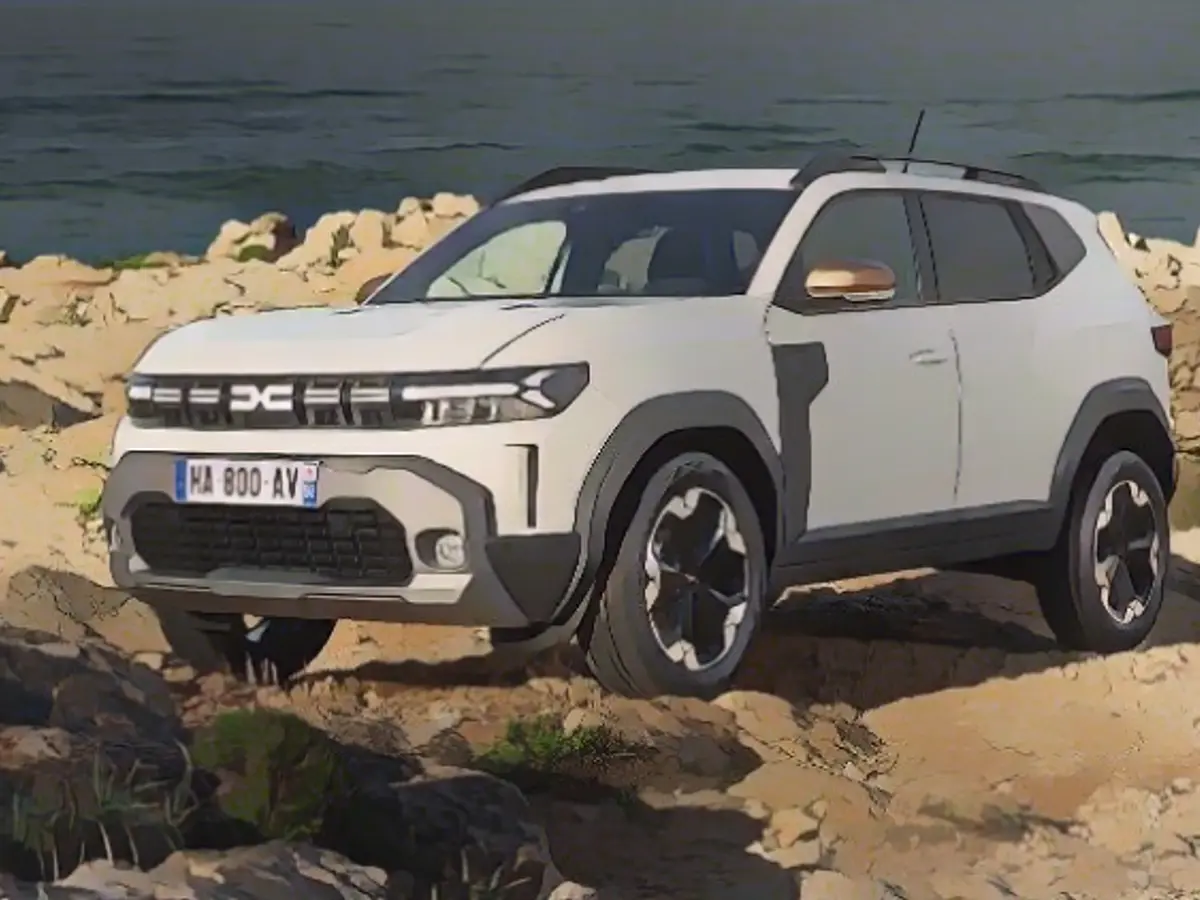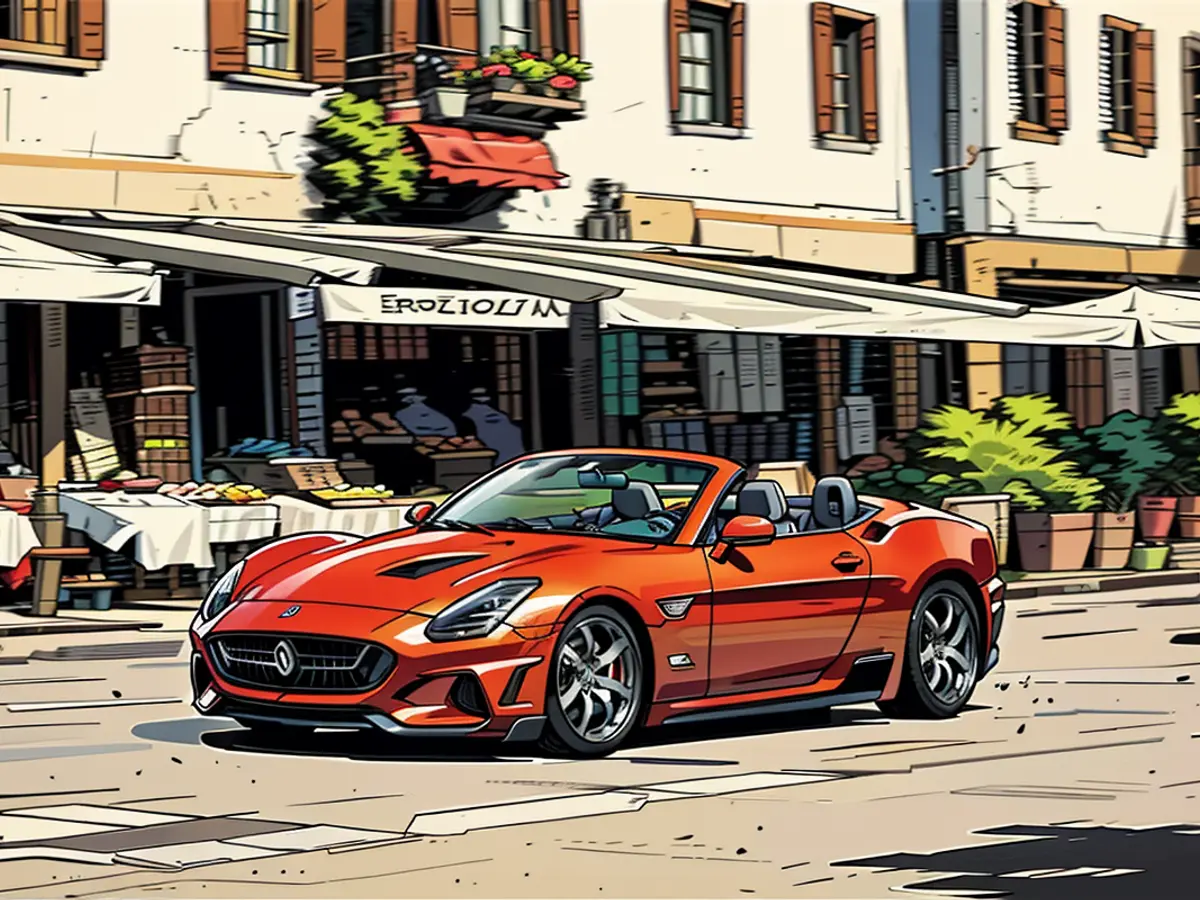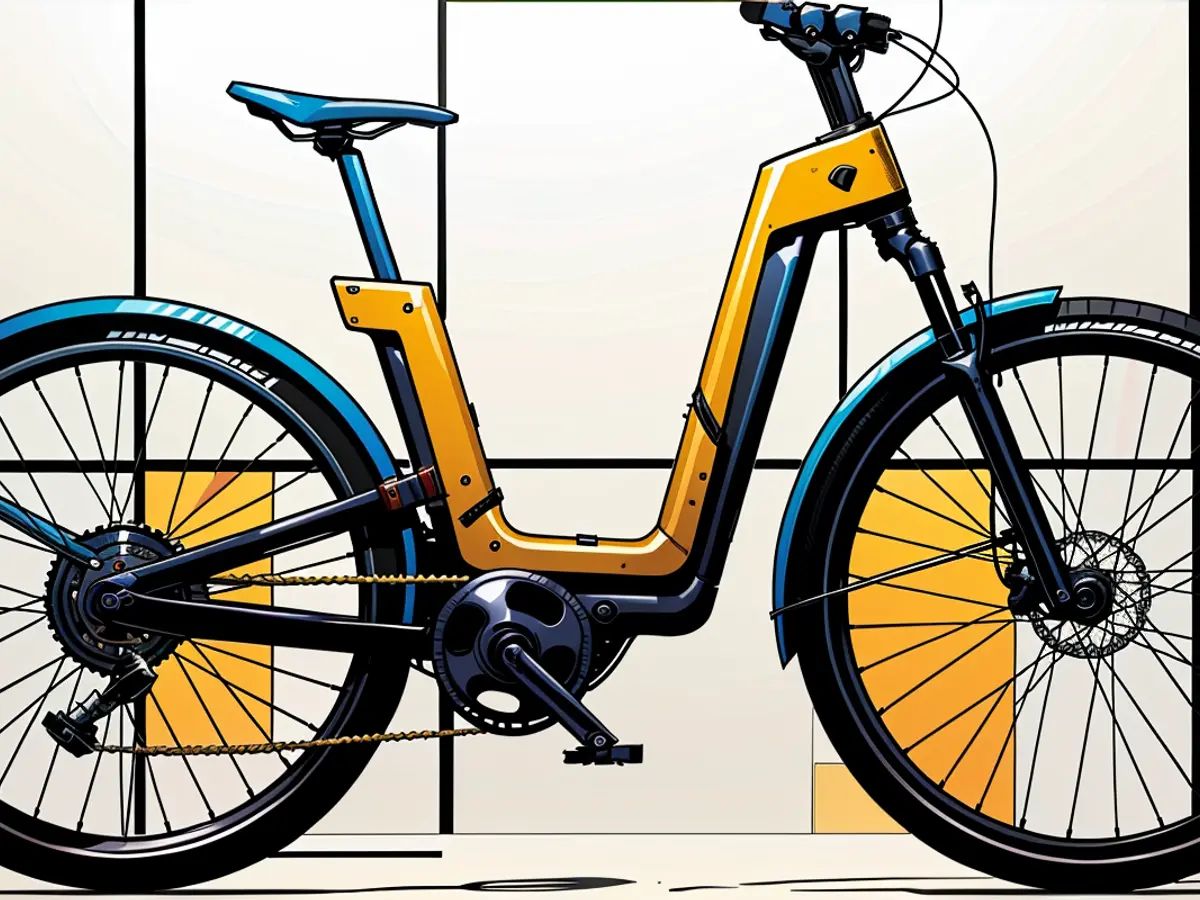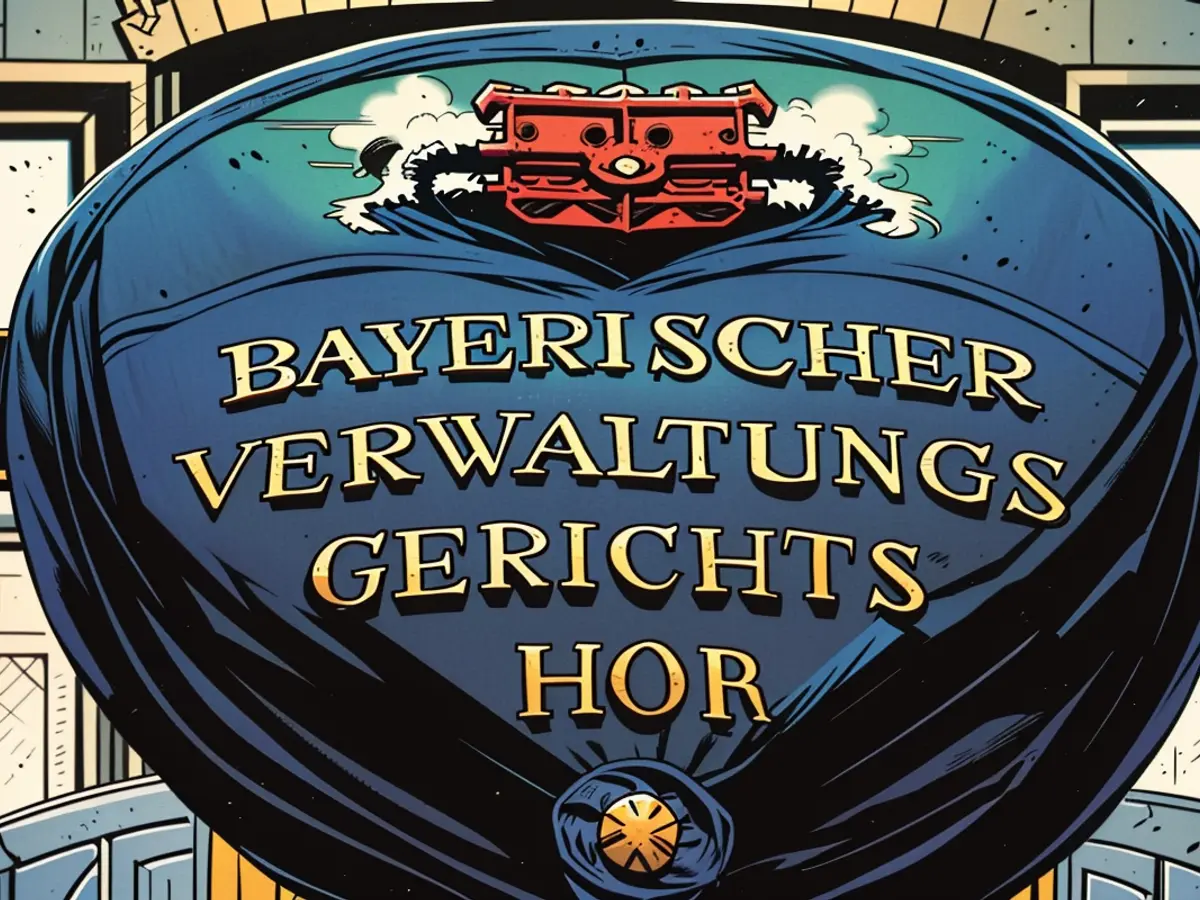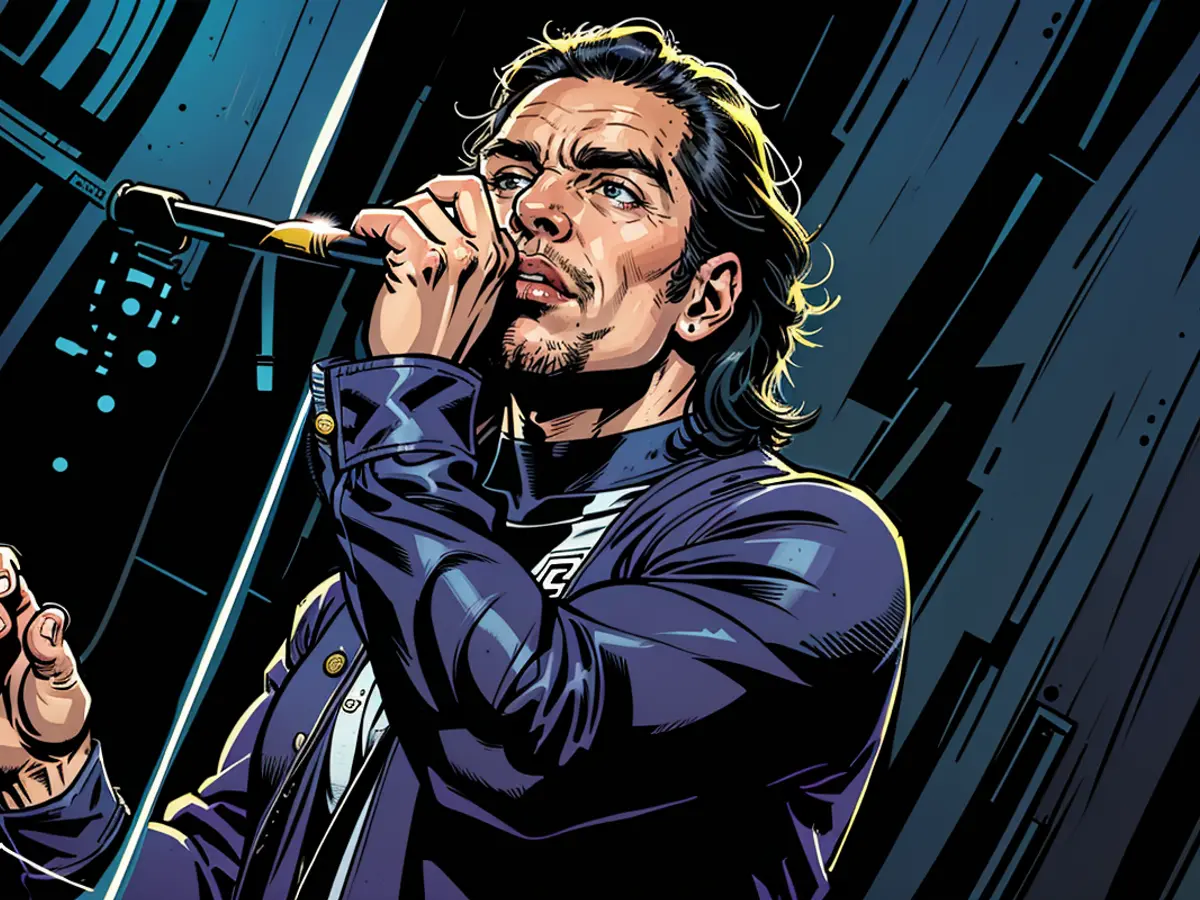Dacia Duster - third generation should make everything better
The Duster is a key pillar of Dacia's success story. It has sold more than 2.2 million units since 2010 and is currently still in its second generation. Its successor, which will be launched in spring 2024, is now set to make everything even better.
The change to Dacia's new brand identity at the end of 2022 has already done the appearance of the current Duster a lot of good. But the step to generation three is even bigger. You could put it this way: where previously there were still subtle visual references to the tightly calculated prices and the classification of the Duster as a budget SUV for tough calculators on the outer skin, a bold remedy has been found.

The new model has a more grown-up, high-quality look, as if it has been cast from a single mold, without sacrificing typical details such as the all-round protective strip or the so-called snorkel in the front doors to progress.
There is no question that the core elements of the predecessors have been retained, but they have been significantly modified and modernized. The comparison process that inevitably takes place in the mind of the observer when looking at a completely new vehicle for the first time triggers associations with current Land Rover and Volvo models, especially at the front end with its wider, more self-confident appearance. Which, in the Dacia price class, is a great compliment.
Looks bigger, but it's not
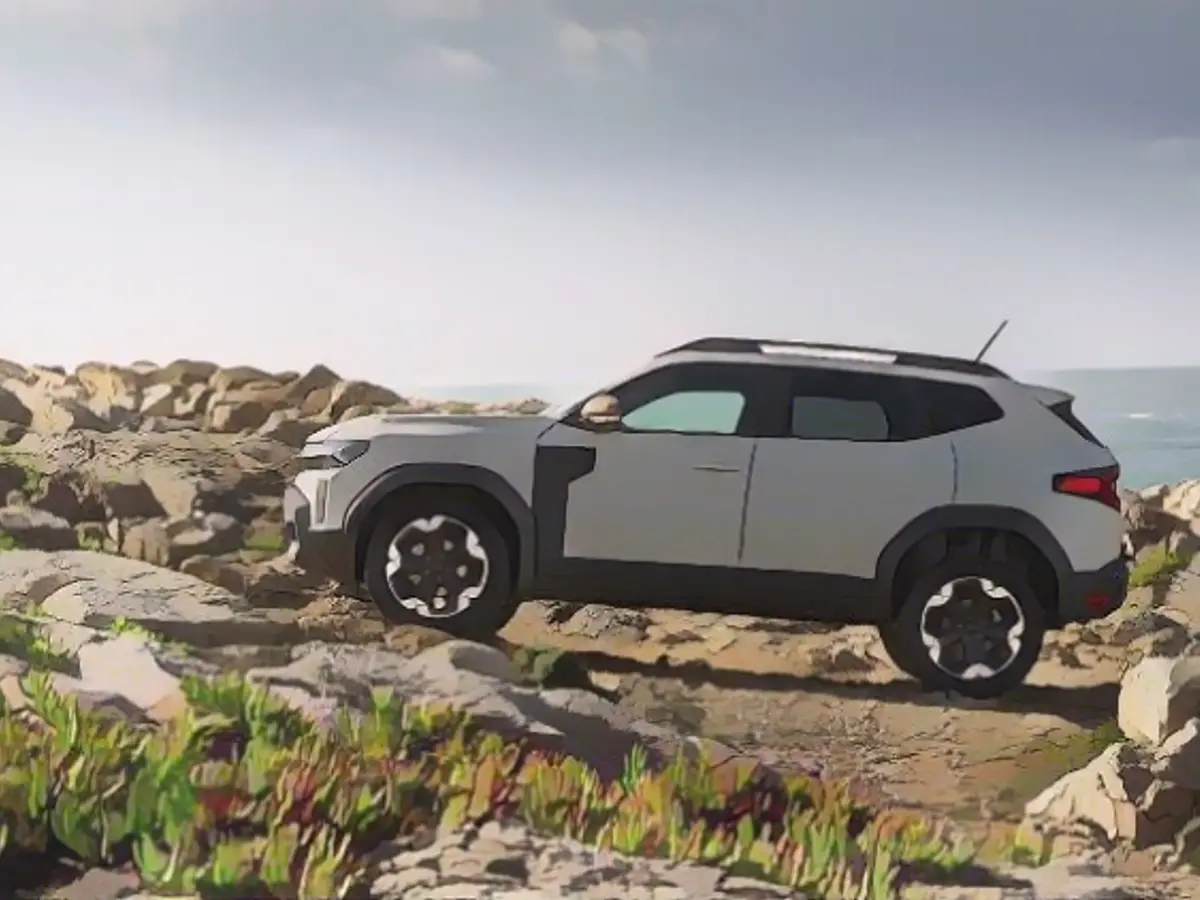
The all-round lighting is designed in the form of horizontal Ypsilons, which creates a visual presence and suggests more width than is actually offered. The new Dacia may look larger than its predecessor. But it is the same length at 4.34 meters, three centimeters lower at 1.66 meters and practically identical in width at 1.81 meters. In favor of easier entry and exit and off-road capabilities, the ground clearance has been increased by a few centimeters.
The switch to the CMF-B platform already used in the Sandero and Jogger is clearly noticeable in the interior. The previously very generous headroom is now only generous, but the elbow room on all seats and the legroom in row two have increased by a few potentially decisive centimeters. However, getting in and out of the back is still not a pure pleasure; your feet have to be lifted over a high hurdle.

The designers have wrested a bit more space from the trunk; according to Dacia, 472 liters now fit in the rear compartment instead of the previous 445 liters when fully seated. There is also an additional loading floor, which makes it possible to avoid the relatively high step into the interior of the car and the associated effort when unloading.
Best price-performance ratio for family SUVs
According to Dacia, the core competencies of the Duster are its focus on the essentials and the best price-performance ratio among family SUVs. Of course, this also applies to generation three. It is therefore hardly surprising that hard plastic is used extensively in the interior for cost reasons. However, this actually suits the discreetly rough charm of the Romanian-built vehicle.
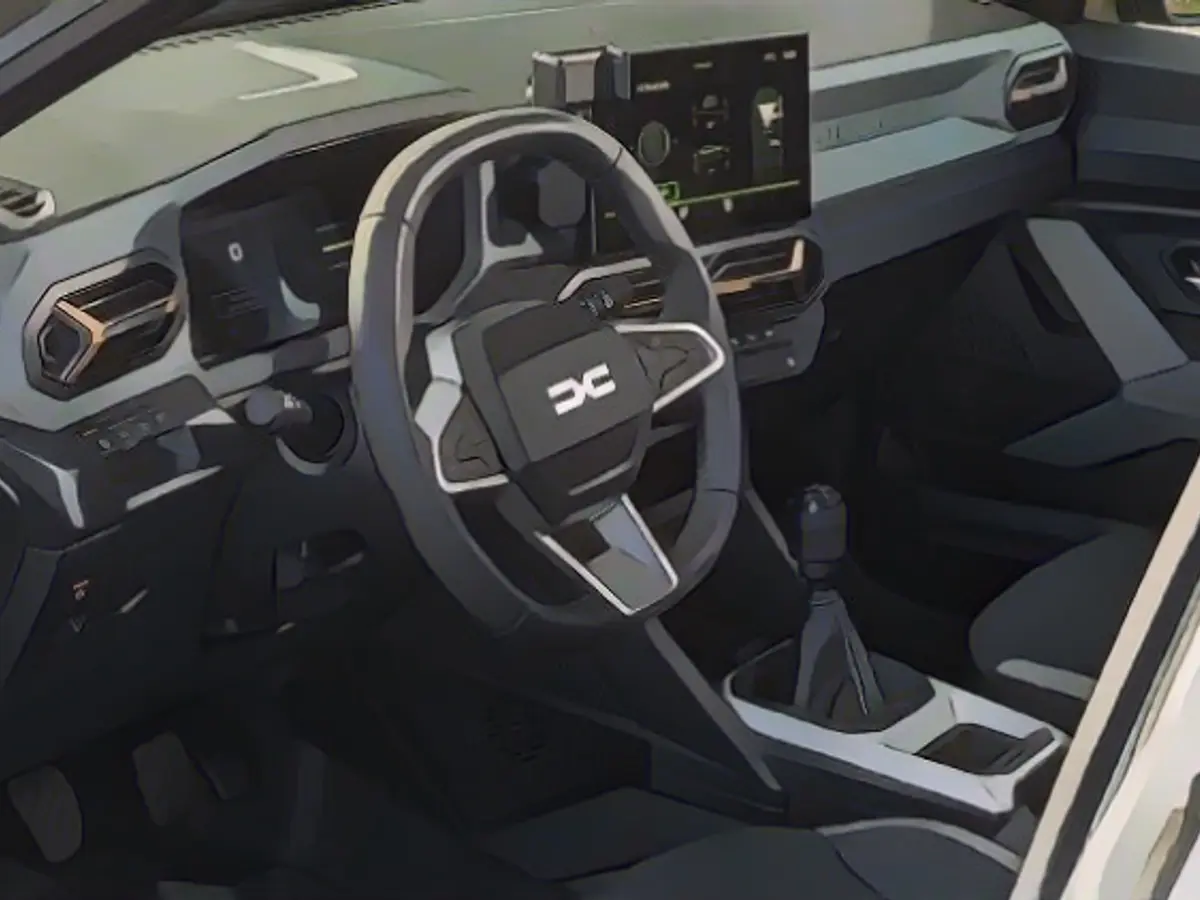
And especially in the finer versions called Journey and Extreme, the interior designers have managed to package the need to save money in an appealing way. Small tricks such as the Y-shaped air vents and armrests on the door panels or the pleasant materials on the new front seats with more lateral support help here.
The 7-inch instrument cluster behind the steering wheel, used for the first time in a Dacia, and the 10.1-inch central display tilted slightly to the left also make a good impression. They are installed as standard in the Expression, Journey and Extreme versions. For the latter, the Media Live Nav package with networked navigation system and Arkamys sound system with six loudspeakers, which is standard in the Journey, can also be ordered. If you order the basic version called Essentiel, you get analog instruments with a 3.5-inch display and a centrally positioned smartphone holder. The radio and various other functions run via the user's smartphone and are operated via the steering wheel.
115 hp diesel canceled without replacement
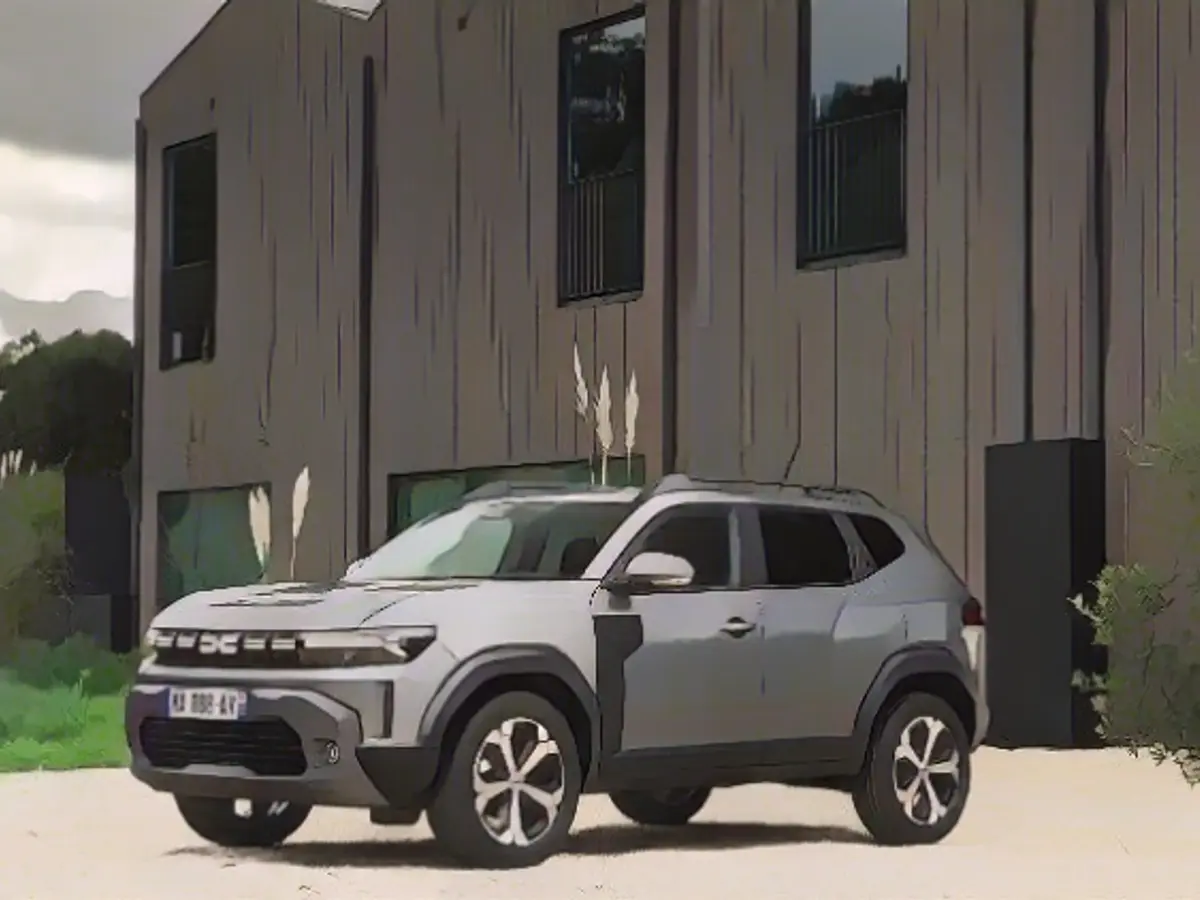
There have also been some changes to the powertrain. The previously offered 115 hp diesel engine has been dropped without replacement, a fact that is unlikely to please all Duster fans. In future, the engine range will consist of the familiar LPG unit called Eco-G 100, for which Dacia promises ranges of up to 1300 kilometers given the 50-liter petrol and gas tanks. For the first time, the Duster will be equipped with the mildly hybridized Tce 130 with a 48-volt starter generator, a turbocharged three-cylinder engine with a displacement of 1.2 liters. The highest output is delivered by the Hybrid 140 with the same amount of horsepower, which is already used in the Jogger. It consists of a 1.6-liter naturally aspirated engine, an electric motor and a high-voltage starter generator, which transmit their power to the drive wheels via a clutchless multi-mode automatic transmission.

The new Dacia SUV is also designed to master challenging terrain with the optional 4x4 drive. In future, this will offer five driving modes: Auto, Snow, Mud/Sand, Off-Road and Eco. The new All Road Info system displays data on incline, gradient or side slope, while the downhill driving aid ensures the desired downhill speed at the touch of a button. For number crunchers: the ground clearance of the all-wheel drive version is 21.7 centimeters, the slope angle is 31 degrees at the front and 36 degrees at the rear.
As you would expect, Dacia has expanded the mostly optional range of assistance systems in the new Duster to the usual level. These include City Emergency Brake Assist, which can detect cars, pedestrians, bicycles and motorcycles, Traffic Sign Recognition and Speed Alert, Rear Parking Assist, Adaptive Brake Assist, Lane Keeping Assist and Driver Drowsiness Alert.
Recyclate content increases to 20 percent
The Renault subsidiary is proud of the increase in the proportion of recycled material in the new Duster from 12 to 20 percent. Side protection strips, wheel arch linings, side decorative elements and front and rear underride guards are made of Starkle, a material developed by Dacia that consists of 20 percent recycled polypropylene.

The developers are particularly proud of YouClip, a simple and practical fastening system for bag holders, smartphones, tablets or flashlights. The necessary holders are already installed in the cars.
At the first presentation of the new Duster, Dacia was not yet specific about the exact technical data, equipment levels and prices. It is clear that the current base price of 17,400 euros will not be maintained. However, the entry-level price is expected to be "under 20,000 euros". The Dacia SUV will celebrate its world premiere at the Geneva Motor Show in February 2024, with the first deliveries starting in late spring.
Source: www.ntv.de
